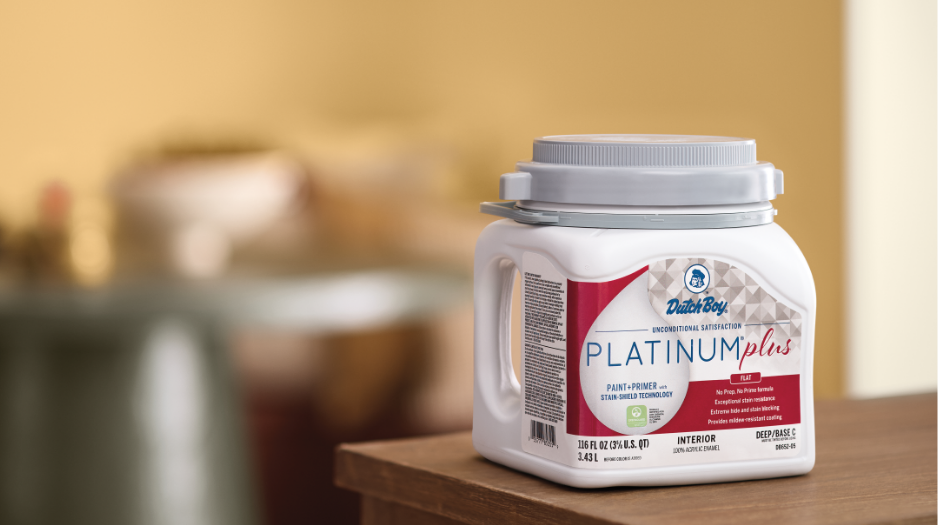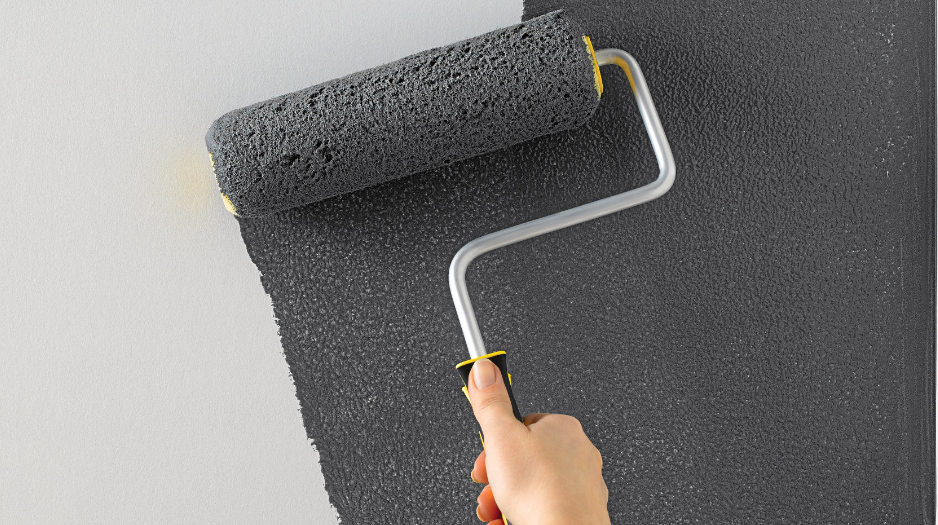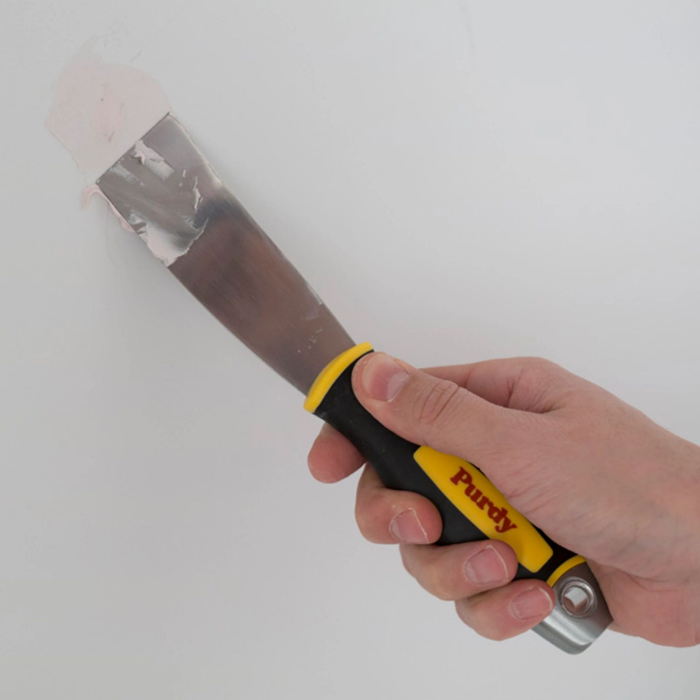Wall paint
Latex paints are made by mixing different pigments and binders in water. Clean-up with warm soapy water, shorter drying time, and low odor are the most notable features of latex paints.
- They dry to the touch quickly (30 minutes in a typical interior application).
- They have less odor than oil/alkyd paint.
- Tools can be cleaned with soap and warm water.
- They retain sheen, gloss and color longer.
- They’re more flexible than oil-based paint.
- They resist blistering and peeling because they don’t trap moisture.





